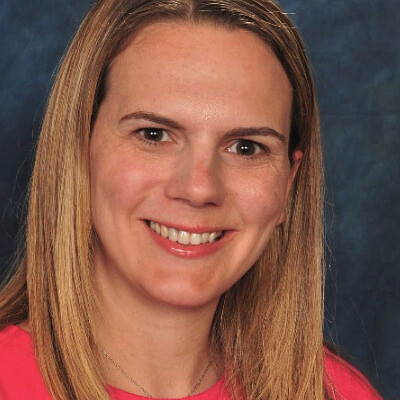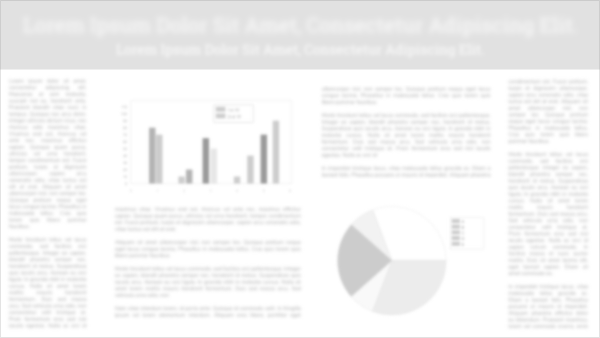Integrating Team Observed Structured Clinical Encounters (TOSCEs) Utilizing Standardized Patients to Evaluate Team-readiness and Clinical-readiness
Background:
Team Observed Structured Clinical Encounters (TOSCEs) involving standardized patients (SPs) are an effective way to teach and evaluate core interprofessional skills and support learning to improve health outcomes. TOSCEs provide a method of evaluating interprofessional skills in a formative, low stakes environment. TOSCEs provide valuable feedback to students which better prepare them in real-life clinical patient care.
Methods:
Pharmacy, Physician Assistant (PA), and nursing students participated. Medically trained actors were used as SPs. Students (2-3/group) were assigned to 1 of 2 pharmacogenomic primary care cases: Case A had a male SP and Case B had a female SP with other factors equal. Faculty facilitators completed an 8-question validated rubric based on the Interprofessional Education Collaborative (IPEC) core competencies. Team performance was analyzed using means and an analytical checklist evaluated discipline-specific contributions.
Results:
Most of the student participants, 69.6%, were female. Case B had a higher mean for 88% of IPE questions. Pharmacy students: 62-81% elicited a medication history, interpreted genetic results to make a recommendation, and educated on adherence and med usage. PA students: 64-100% elicited a history of present illness, reviewed symptoms, performed a physical exam, and referred to pharmacy students to interpret genetic information. Nursing students: 63-100% performed a physical exam, recognized SP anxiety, and educated on smoking cessation, cost-savings, and behavioral strategies.
Conclusion:
Student teams were evaluated at a higher level of interprofessional competency when having a female SP. To understand differences in performance, further research is needed. TOSCEs provide an opportunity for students to demonstrate interprofessional skills and practice specific skills in a team setting. Overall, TOSCEs aid programs in determining team-readiness and discipline-specific contributions. Performance results can be used for curricular quality improvement initiatives.







